
Aluminum Foil WTP
Aluminium foil (or aluminum foil), often referred to with the misnomer tin foil, is aluminium prepared in thin metal leaves with a thickness less than 0.2Â mm (7.9 mils); thinner gauges down to 6 micrometres (0.24 mils) are also commonly used. [1] In the United States, foils are commonly gauged in thousandths of an inch or mils.
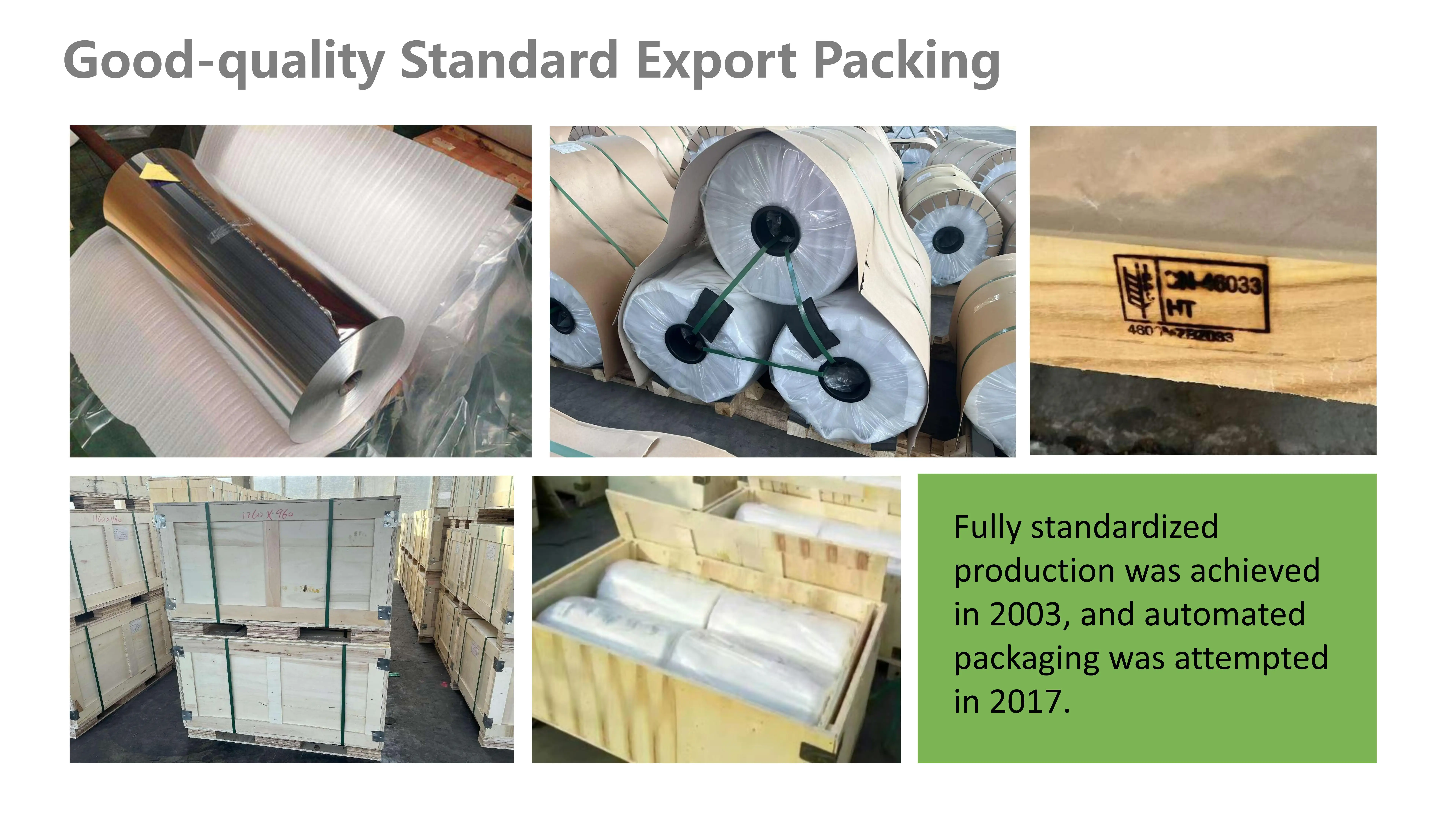
Aluminium Foil For Battery Electrode Tab 6063 Anodized Conductor Making Customize Buy Aluminum
Aluminium foil can be produced in chemistry with potassium amalgam and aluminium chloride. In this case potassium serves as a reducing agent. The formula in the chemistry for such a film is: 4AICI3+3K - AI + 3 KAICI4. Properties of aluminium foil in the chemical and food industries
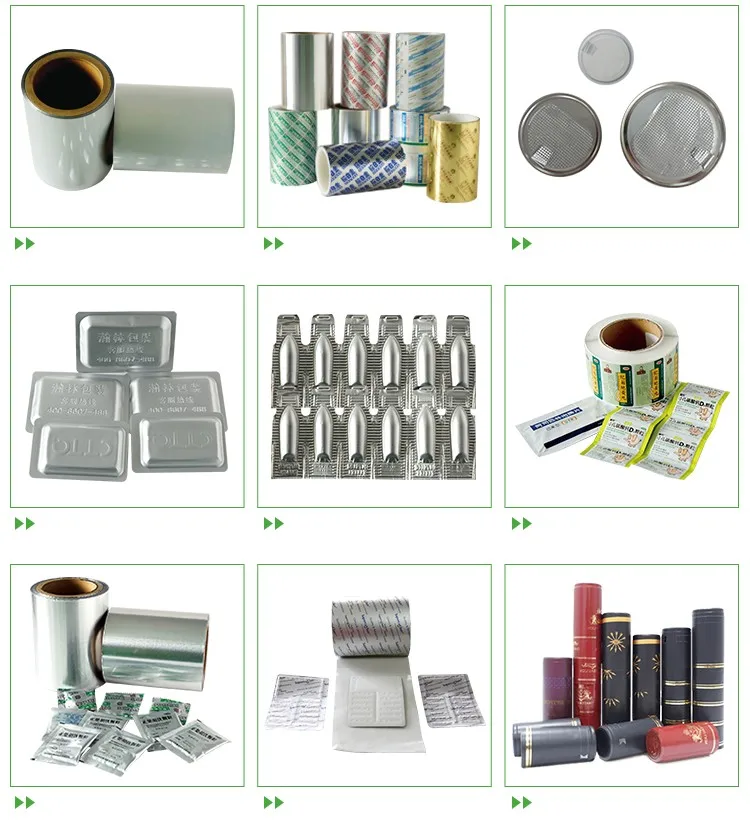
Chemical Formula Reinforced Aluminum Foil For Tablets Packaging Buy Reinforced Aluminum Foil
Aluminium foil (or aluminum foil in American English; often informally called tin foil) is aluminium prepared in thin metal leaves. The foil is pliable, and can be readily bent or wrapped around objects. Thin foils are fragile and are sometimes laminated with other materials such as plastics or paper to make them stronger and more useful.

aluminum Uses, Properties, & Compounds Britannica
Reactions of aluminium metal. Aluminium reacts with most nonmetals upon heating, forming compounds such as aluminium nitride (AlN), aluminium sulfide (Al 2 S 3), and the aluminium halides (AlX 3).It also forms a wide range of intermetallic compounds involving metals from every group on the periodic table. Aluminium has a high chemical affinity to oxygen, which renders it suitable for use as a.

Bonding in Metals The Electron Sea Model Introduction to Chemistry
CHEMICAL AND PHYSICAL PROPERTIES Aluminum foil is a solid aluminum which is reduced in a rolling mill until it is very thin (gauges range approximately from .0002" to .0059"). Other metals are present only in small quantities in all aluminum foils. CHEMICAL COMPOSITION LIMITS OF ALUMINUM PURITY GRADES & ALLOYS Elements in Per Cent, by Weight*
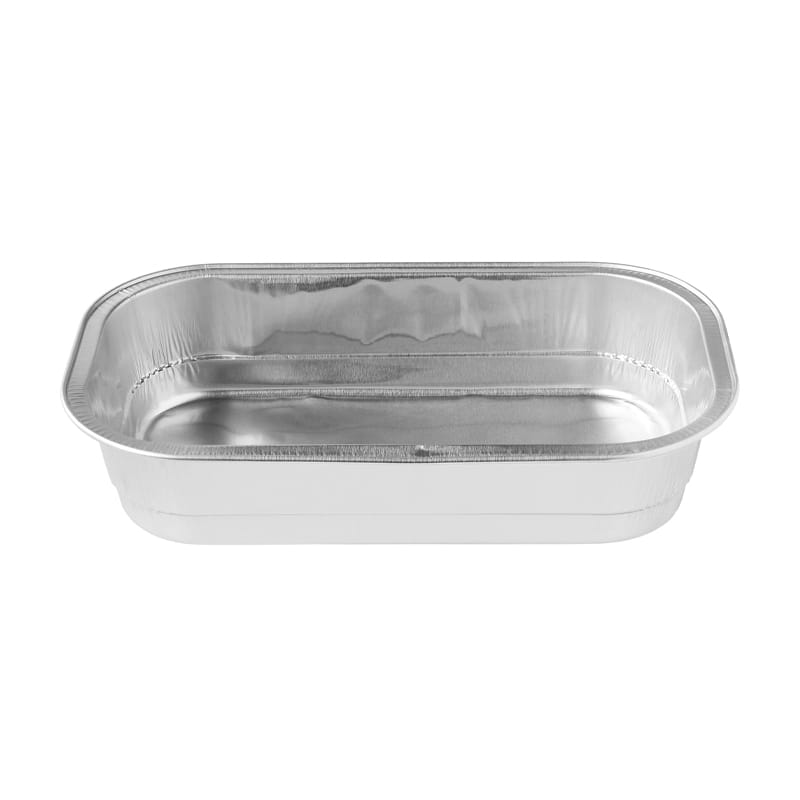
Aluminum Foil Recycle Right
Aluminium ( aluminum in North American English) is a chemical element; it has symbol Al and atomic number 13. Aluminium has a density lower than that of other common metals; about one-third that of steel. It has a great affinity towards oxygen, forming a protective layer of oxide on the surface when exposed to air.
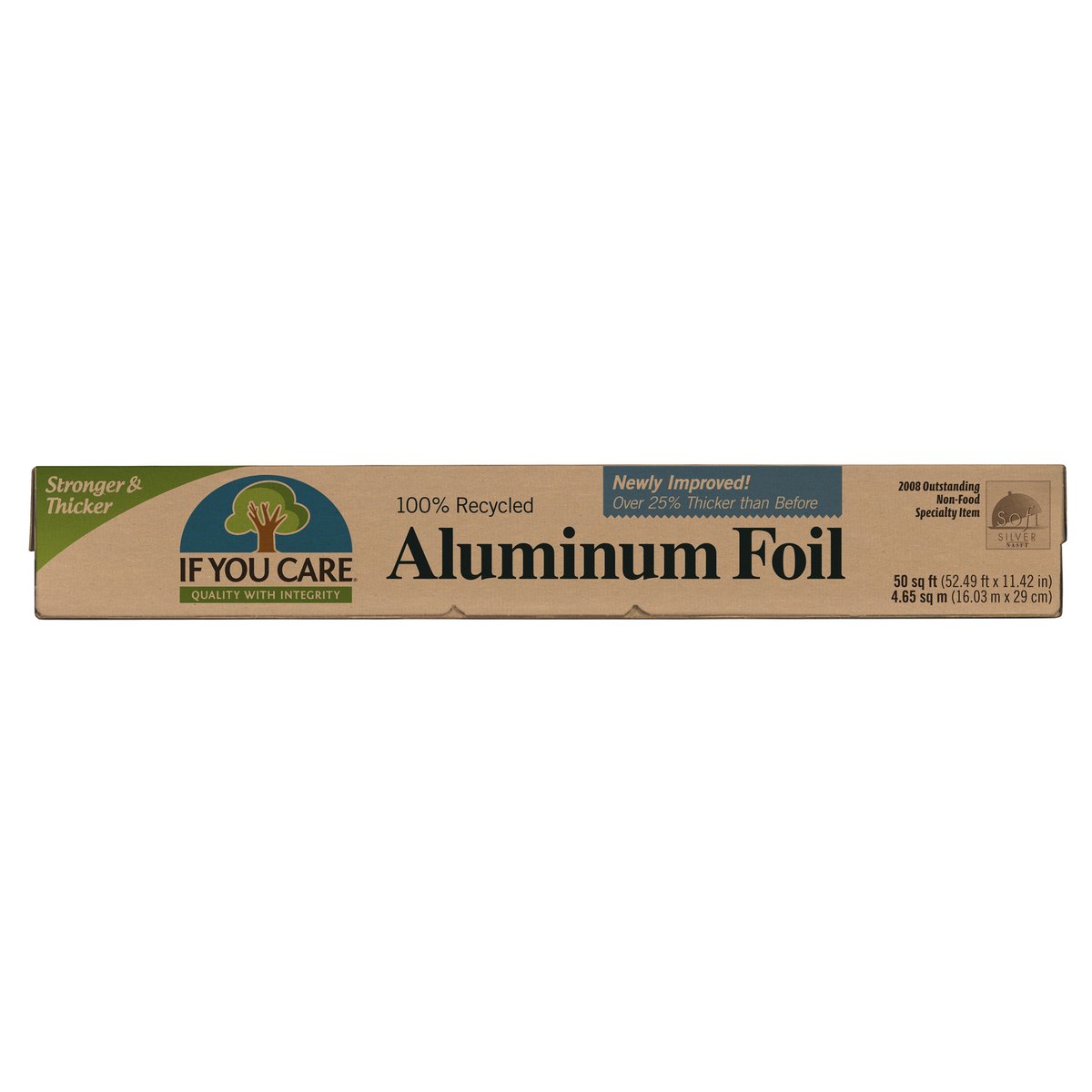
Recycled Aluminum Foil
4. Rust is iron oxide; you have no iron in the system so it is not rust. The brown substance is copper dust produced by the reaction. 2Al +3CuClX2 3Cu +2AlClX3 2 A l + 3 C u C l X 2 3 C u + 2 A l C l X 3. The aluminium chloride then hydrolyses to give AlClX3 A l C l X 3 hexahydrate which is colourless and acidic explanation here.

Aluminum Aluminum Formula
The formula of alum is KAl(SO 4) 2. 12H 2 O. Calculating yields: mol Al: 1 mol alum: 474.32 g alum. Dissolving aluminum foil: 2 Al(s). Weigh 0.45-0.50 g Al foil, using the tare function on the balance and not letting the foil come into contact with your hands or the balance pan. Record the mass to +/- 0.01 g.
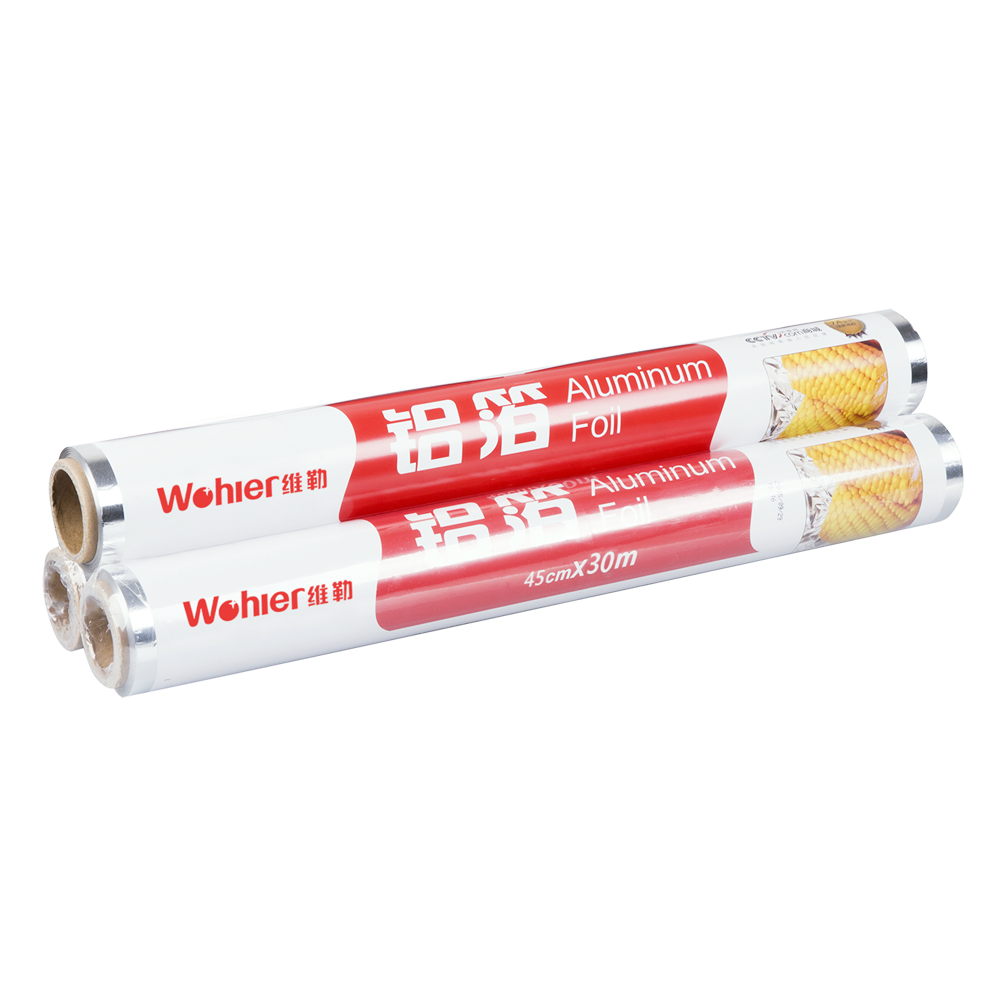
Aluminum Foil WR4530LLOFTEN
Element Aluminium (Al), Group 13, Atomic Number 13, p-block, Mass 26.982. Sources, facts, uses, scarcity (SRI), podcasts, alchemical symbols, videos and images.

Aluminum Aluminum Formula
Aluminum foil is a thin-rolled sheet of alloyed aluminum varying in thickness from about 4-150 μm. It was first produced commercially in the US in 1913 where it was used for wrapping Life Savers™, candy bars and chewing gum. In 1921, it was laminated on paperboard to produce coated folding cartons.

Aluminum Foil Compound Or Element? All Things Aluminum
Similarly, human-made glass is made from fine fibers of glass. Aluminum foil is fabricated using aluminum, which obtain its pure form or alloy form upon the rolling process which results in a very thin sheet. Commercially, about 0.0065 mm thickness of foil is used. The properties are shown in Table 11.1. Table 11.1.
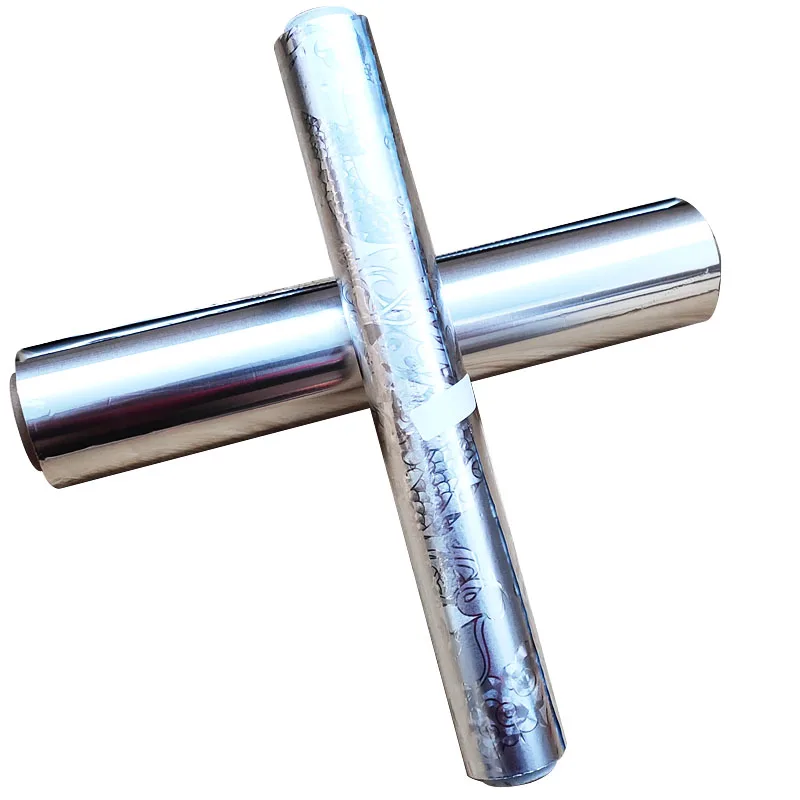
High Quality Food Grade Baking Tin Foil Barbecue Cooking Aluminum Foil Paper Buy Red Aluminum
Aluminum foil is made of 99.9% pure aluminum. This means that it contains no other metals or materials. The remaining 0.1% is made up of small amounts of other elements, including silicon and iron. These elements are added to the aluminum to improve its strength and durability. Aluminum foil is made of 99.9% pure aluminum and small amounts of.

Does Aluminum Foil Protect Against EMF Radiation? EMF Academy
aluminium foil; dilute (approximately 2 mol dm -3) hydrochloric acid; and labelled bottles of solid sodium chloride, sodium nitrate, sodium sulphate, copper (II) chloride, copper (II) nitrate and copper (II) sulphate. The reactions should be carried out in test tubes. Other apparatus and chemicals may be requested during the practical session.
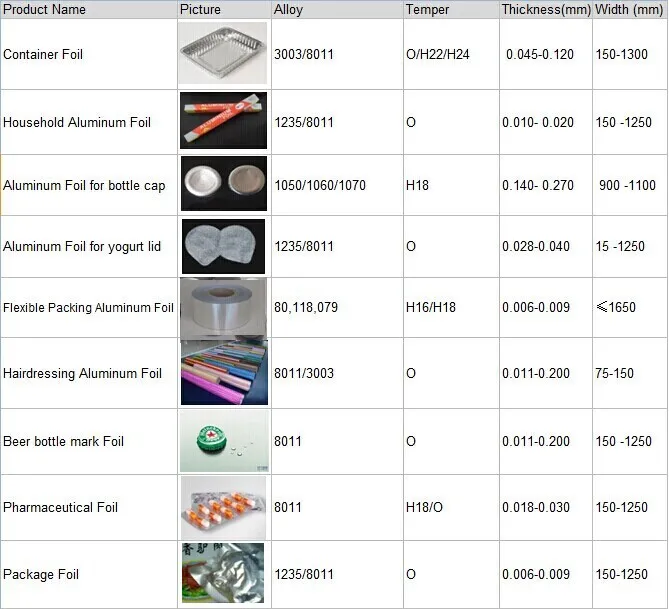
Raw Material Chemical Formula Composition Aluminum Foil 0.05mm Buy Chemical Formula Aluminum
Stephen R. Marsden. Chemistry of Aluminum (Z=13) is shared under a CC BY-NC-SA 4.0 license and was authored, remixed, and/or curated by LibreTexts. Aluminum (also called Aluminium) is the third most abundant element in the earth's crust. It is commonly used in the household as aluminum foil, in crafts such as dyeing and pottery, and also..
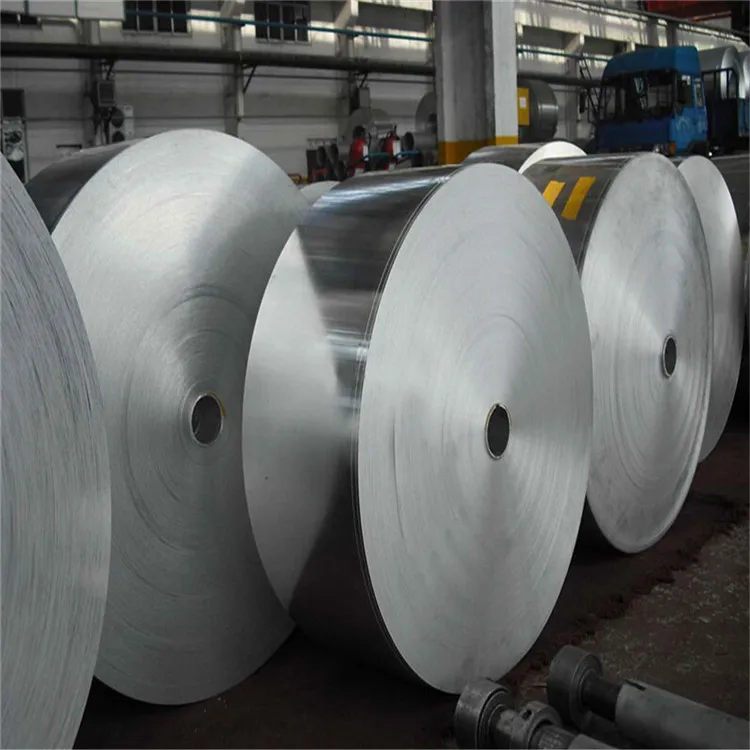
High Quality Food Grade Baking Tin Foil Barbecue Cooking Aluminum Foil Paper Buy Red Aluminum
aluminum (Al), chemical element, a lightweight silvery white metal of main Group 13 (IIIa, or boron group) of the periodic table. Aluminum is the most abundant metallic element in Earth 's crust and the most widely used nonferrous metal.

Aluminum Foil Best Yet Brand
The "recipe" given in the linked question is. "Put [the silverware] into a pot with some club soda and a piece of aluminium foil and pour over a hot water." And the reaction formulas given for "blackening" is the following. 3AgX2O(s) +2Al(s) 3Ag(s) +AlX2OX3(s) 3 A g X 2 O ( s) + 2 A l ( s) 3 A g ( s) + A l X 2 O X 3 ( s)